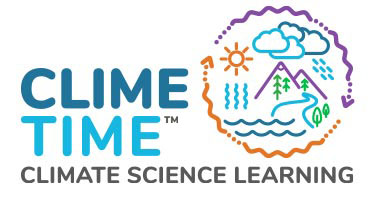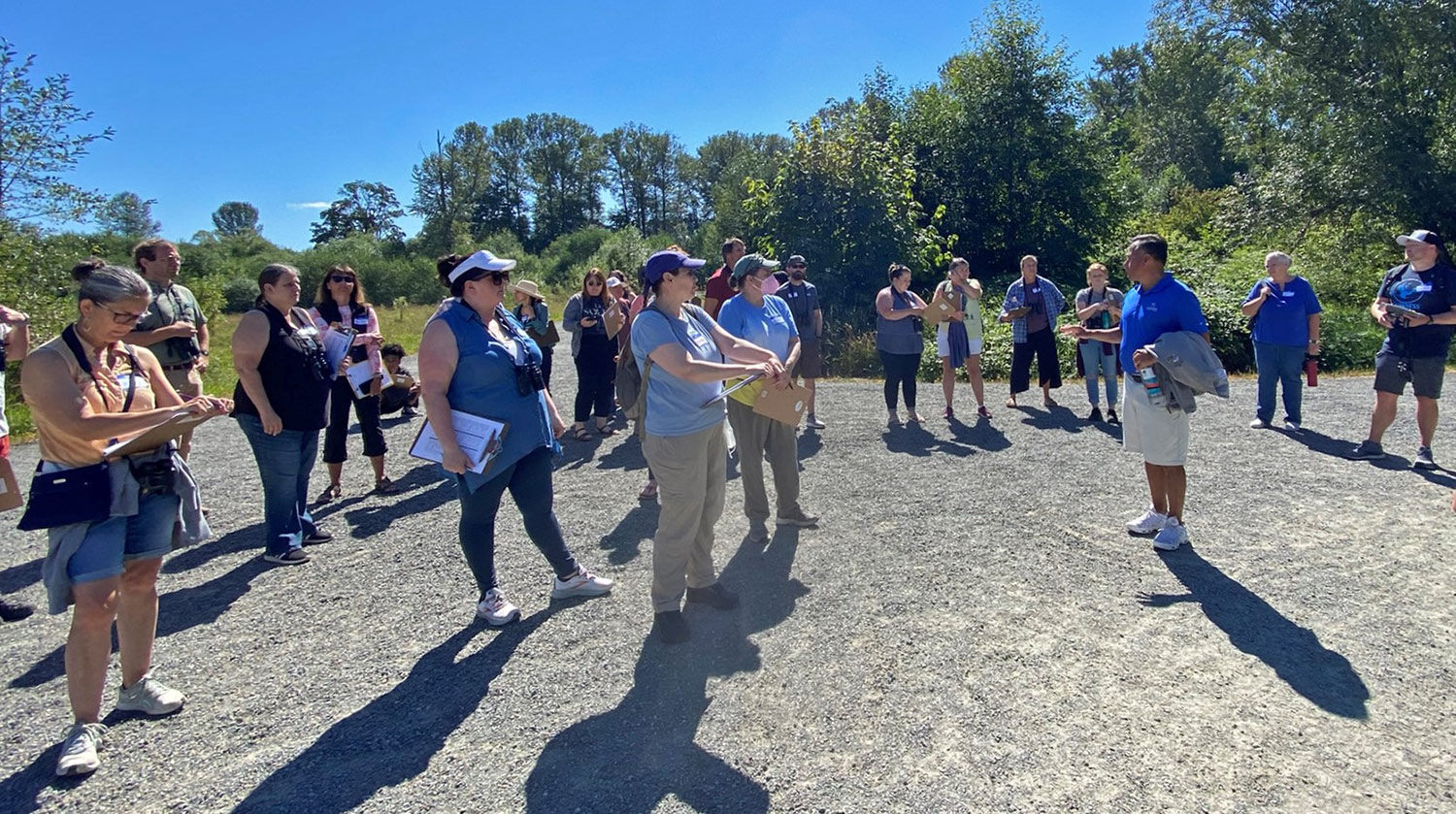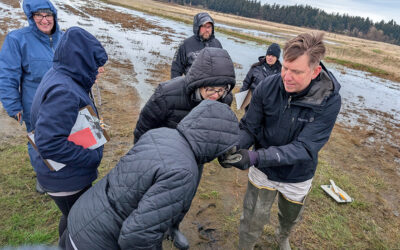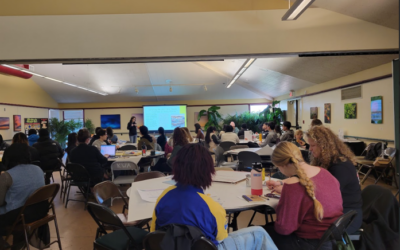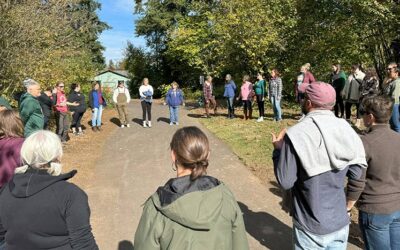
Participants collect and analyze soil samples
What role do wetlands play in building ecosystem resilience? This is what an enthusiastic group of K-12 educators from Capitol Region ESD 113 wondered this past summer as they explored Pacific Education Institute’s (PEI) Coastal Wetlands storyline at the Billy Frank Jr. Nisqually National Wildlife Refuge. Lara Tukarski (PEI South Sound) partnered with Hattie Osborne (PEI Faculty) to share this field-based learning experience offering 6 STEM clock hours and implementation stipends for participating educators.
Participants learned about wetland ecosystems, exploring types and benefits of wetlands as well as wetland management strategies. They learned about carbon capture in coastal ecosystems, engaging with STEM resources and other phenomenon-based activities around wetlands as climate-based solutions to impaired community health. They considered these solutions as strategies for elevating community equity and explored grade-appropriate methods for engaging students in these important conversations.
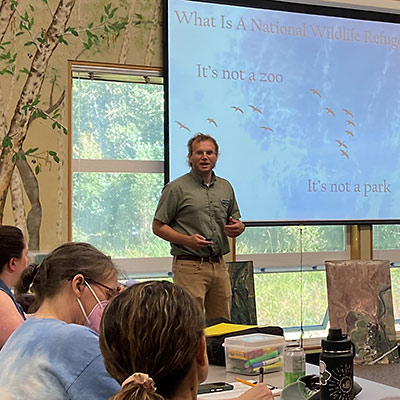
Davy Clark shares restoration and conservation efforts
One highlight from this workshop was a visit from Bill Kallappa (Makah Tribe) who spoke about the Nisqually Tribe’s connection to the Nisqually watershed and role as a partner and leader in helping return the Nisqually estuary to its natural condition. Kallappa hosted a guided walking tour of the refuge, focusing on Tribal management of wetland-related natural resources and climate change planning. The participants also learned about the history and mission of the refuge from Davy Clark (US Fish and Wildlife Service) who talked about his role as the environmental education specialist. Clark talked about restoration and conservation efforts, community education, and opportunities for students to engage in the work of the refuge.
Participants reported increased confidence in engaging students with Next Generation Science Standards (NGSS) climate science-related topics while integrating NGSS 3-dimensional learning. They explored the intersection of climate, wetland science, equity, Traditional Ecological Knowledge, and place. In reflecting on the experience, one participant was inspired to implement the local action plan lessons from the storyline, while a second noted they look forward to sharing “the story and history of the land” with their students. One participant also shared “I realized I need to get my students out of the classroom for hands-on learning.”
